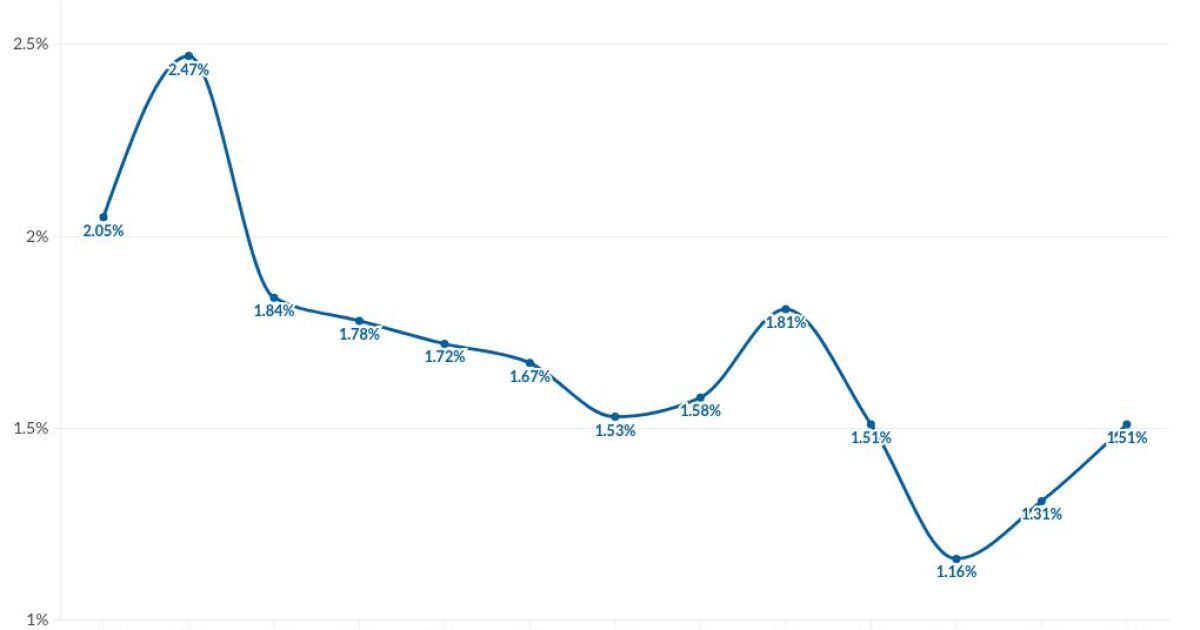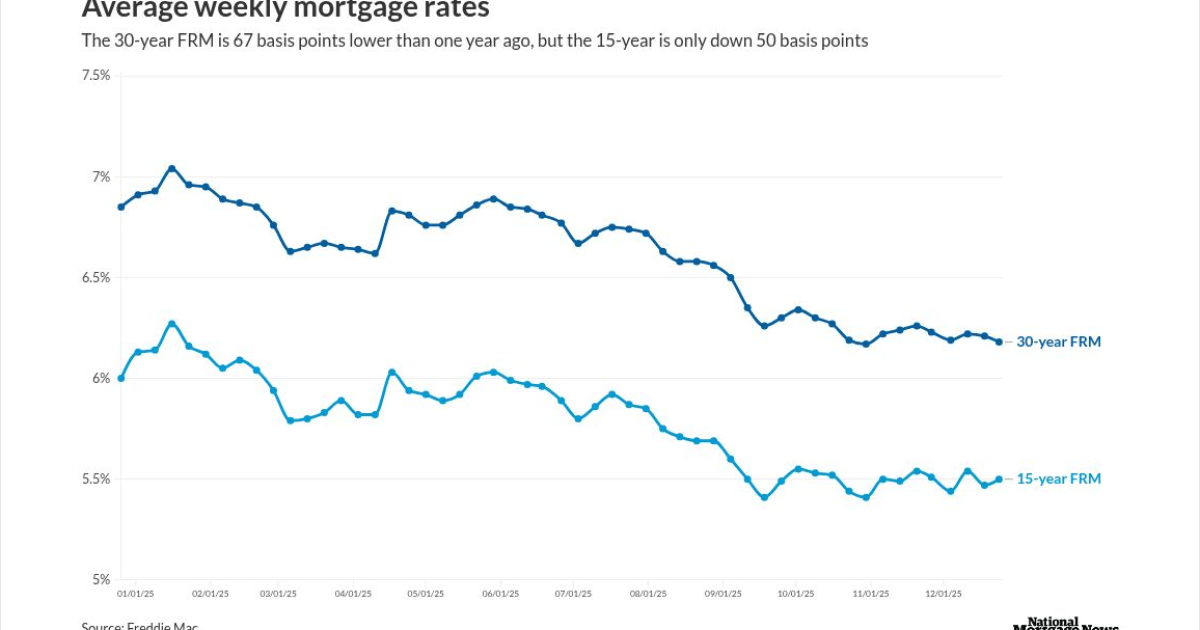
Mortgage application defect rates increased over 15% in the second quarter, but executives at Aces Quality Management described the change as nuanced, related to such areas as appraisal and borrower eligibility.
It is the second consecutive quarter the rate has increased, coming off of
"The rise was mainly in specific categories such as appraisals and eligibility-related areas," Nick Volpe, executive vice president at Aces. "Meanwhile, other key underwriting areas saw notable improvements. This mixed performance demonstrates the importance of continuous monitoring and targeted quality control efforts."
Aces examines closed loan files. The second quarter defect rate of 1.51% compares with
The increase was driven by higher defect findings covering collateral, loan eligibility and regulatory-related categories offsetting improvement in other areas.
Aces uses the Fannie Mae loan defect taxonomy to categorize its findings.
This report comes on the heels of two other studies. Cotality found that
Meanwhile, a separate study from Transunion found that credit washing activity, the act of boosting one's score by
Freddie Mac unveiled its
Even if they use this technology, lenders are still obligated to maintain a robust QC function prior to delivering loans to Freddie Mac, noted Phil McCall, Aces president and chief operating officer.
What type of application defects is Aces finding
Income and employment defects, whose occurrence rate fell quarter-to-quarter to 18.45% from 22.99%, was still the leading finding by Aces in its QC loan file reviews.
Legal, regulatory and compliance was the second most frequent finding, at 16.24%, up from 14.94% three months prior.
Borrower and mortgage eligibility defects had one of the most significant increases, to 15.87% from 6.9% in the first quarter.
Appraisal also had a large percentage gain, with the finding found in 5.9% of second quarter reviews, up from 2.3% in the first quarter.
Purchases made up 82.7% of audits in the second quarter, with the defect share at just under 74%; in the first quarter this was 87.6% and 80.4% respectively.
The refinance defect share, on the other hand, increased quarter-to-quarter to 26.04% from 19.57%.
"The rise in refinance defects corresponds with the growing prevalence of cash-out transactions, which typically involve more complex collateral valuations, equity calculations, and eligibility documentation," the Aces report noted. "These dynamics mirror the increases observed in collateral, eligibility, and compliance-related categories at the overall dataset level."
This increase reflects increased loan complexity around refis rather than any systemic decline in performance, which underscores lenders' ability to manage their loan quality effectively as volumes and composition evolve, the report goes on to say.
Which investor types have the highest defect share
By investor type, conventional loans had a 61% share of reviews and 59.6% of defect findings in the second quarter. Both were down from 65.3% and 66% respectively three months earlier.
But after two quarters of improvement, the Federal Housing Administration share of defects grew to 30.2% from 25.5%; this loan type made up 25.8% of reviews, a jump from 21.9%.



